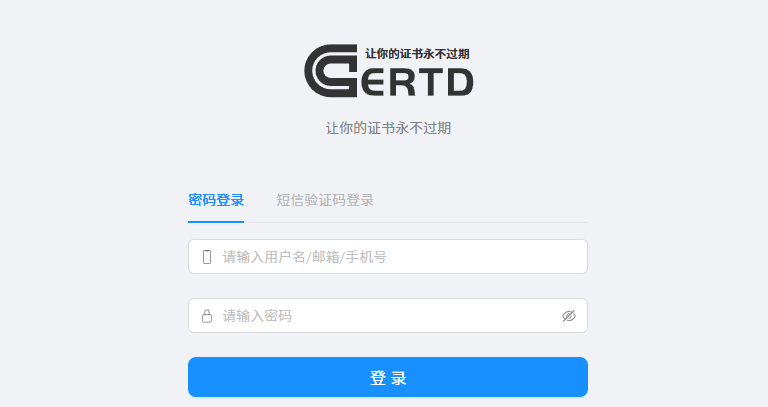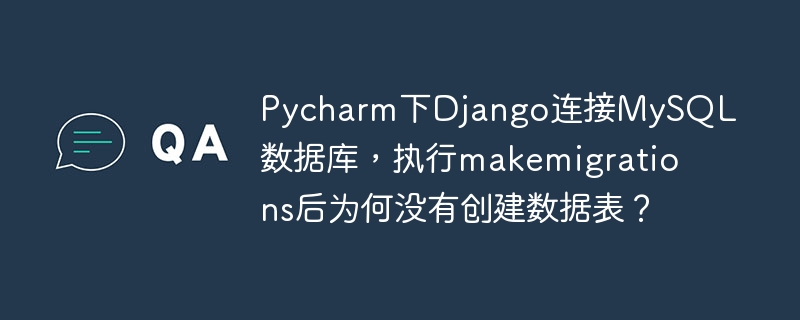下面由laravel教程栏目给大家介绍laravel facade 的详细解读,希望对需要的朋友有所帮助!

大家好,今天带来的内容是 Laravel 的 Facade 机制实现原理。
Facade的简单使用
数据库的使用:
$users = DB::connection('foo')->select(...);
IOC容器
众所周知,IOC容器是 Laravel 框架的最最重要的部分。它提供了两个功能,IOC和容器。
- IOC(Inversion of Control),也叫控制反转。说白了,就是控制对象的生成,使开发者不用关心对象的如何生成,只需要关心它的使用即可。
- 而通过IOC机制生成的对象实例需要一个存放的位置,以便之后继续使用,便是它的容器功能。
这次不准备讲解IOC容器的具体实现,之后会有文章详细解读它。关于IOC容器,读者只需要记住两点即可:
- 根据配置生成对象实例;
- 保存对象实例,方便随时取用;
简化后 Facade 类
<?php namespace facades; abstract class Facade { protected Static $app; /** * Set the application instance. * * @param IlluminateContractsFoundationApplication $app * @return void */ public static function setFacadeApplication($app) { static::$app = $app; } /** * Get the registered name of the component. * * @return String * * @throws RuntimeException */ protected static function getFacadeAccessor() { throw new RuntimeException('Facade does not implement getFacadeAccessor method.'); } /** * Get the root object behind the facade. * * @return mixed */ public static function getFacadeRoot() { return static::resolveFacadeInstance(static::getFacadeAccessor()); } /** * Resolve the facade root instance from the container. * * @param string|object $name * @return mixed */ protected static function resolveFacadeInstance($name) { return static::$app->instances[$name]; } public static function __callStatic($method, $args) { $instance = static::getFacadeRoot(); if (! $instance) { throw new RuntimeException('A facade root has not been set.'); } switch (count($args)) { case 0: return $instance->$method(); case 1: return $instance->$method($args[0]); case 2: return $instance->$method($args[0], $args[1]); case 3: return $instance->$method($args[0], $args[1], $args[2]); case 4: return $instance->$method($args[0], $args[1], $args[2], $args[3]); default: return call_user_func_array([$instance, $method], $args); } } }
代码说明:
- $app中存放的就是一个IOC容器实例,它是在框架初始化时,通过 setFacadeApplication() 这个静态方法设置的
- 它实现了 __callStatic 魔术方法
- getFacadeAccessor() 方法需要子类去继承,返回一个string的标识,通过这个标识,IOC容器便能返回它所绑定类(框架初始化或其它时刻绑定)的对象
- 通过 $instance 调用具体的方法
创建自己的Facade:
TEST1 的具体逻辑:
<?php class Test1{ public function hello() { print("hello world"); }}
TEST1 类的Facade:
<?php namespace facades;/** * Class Test1 * @package facades * * @method static setOverRecommendInfo [设置播放完毕时的回调函数] * @method static setHandlerPlayer [明确指定下一首时的执行类] */class Test1Facade extends Facade{ protected static function getFacadeAccessor() { return 'test1'; } }
使用:
use facadesTest1Facade;Test1Facade::hello(); // 这是 Facade 调用
解释:
- facadesTest1Facade 调用静态方法 hello() 时,由于没有定义此方法,会调用 __callStatic;
- 在 __callStatic 中,首先是获取对应的实例,即 return static::$app->instances[$name];。这其中的 $name,即为 facadesTest1 里的 test1
- $app, 即为 IOC 容器,类的实例化过程,就交由它来处理。
© 版权声明
文章版权归作者所有,未经允许请勿转载。
THE END



















